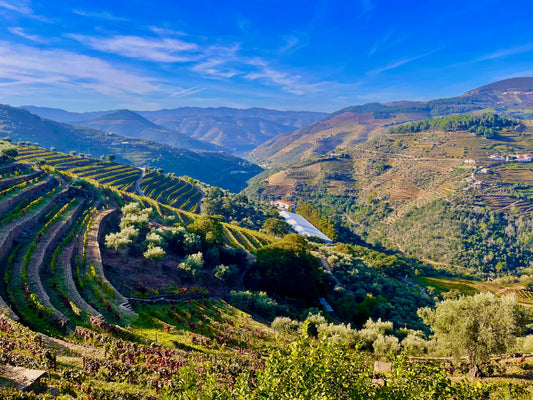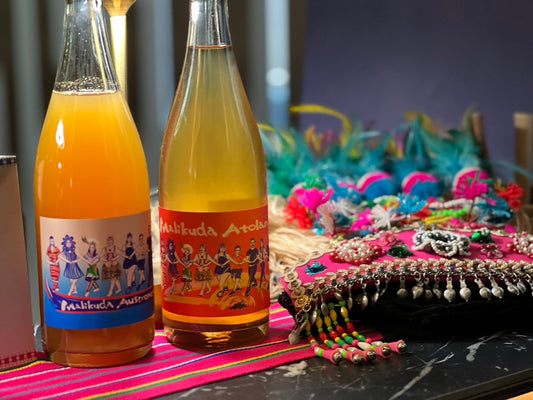| A wine that ferments in a kvevri will taste wholly different from one in stainless steel or barrel, or even cement. The fact that they are interred in the earth means they stay naturally cool. In today's age of minimal intervention and natural wines, everything about this approach strikes the right chord. But what's surprising about the renewed interest in kvevri wines is that it's not due to the international natural wine movement, but in fact, the Russians.
Georgia has long been tied to Russia in terms of wine exports. Even with growth in the US and UK and the far-reaching sanctions against Russia by Western Europe, Georgia still exports 64% of its wine to Russia. That figure was even higher back in 2006, before Russia slapped a ban on Georgian wine that lasted until 2013.
During this seven-year period Georgia’s winemakers fell back on their unique methods and native grape varieties, which were very different to the mass-produced off-dry white wines which had traditionally been sold to Russia and the Soviet Union before that. As a result, kvevri wines were brought back from the dead; they can be found now in practically any city in the world with a decent wine bar.
In theory, a wine can be made in a kvevri from any grape variety and I've encountered people attempting kvevri wines from Chardonnay and Cabernet Sauvignon with varied results. The most typical varieties are the Georgian native ones which are led by Rkatsiteli for the whites and Saperavi for the reds. You can also find smaller amounts of Goruli or Kakhuri Mtsvane, Kisi, Chkhaveri and Khikhvi. There are literally hundreds of others as native Georgian grapes number nearly 500, but these are usually found in very small amounts and only within distinct regions.
Many people are surprised by how different kvevri wines are. This difference is due both the vinifying and ageing in the kvevri, but also to the fact that the wine is kept in contact with its skins for much longer, especially for the white wines. Prolonged contact with skins gives the wine its orange colour; orange wines, which can now be found all over the wine world, have been made in Georgia for hundreds of years, where they come in many different variations of texture and style.
These range from the bold, tannic wines of Kakheti in the east to much lighter styles of Adjara and Guria or the Kartlis to the west. The variance comes down to local preference, grape varieties, and the changing composition of the kvevri as the clays vary a great deal in porosity, thus making a different wine.
For those who still find the tannins a bit much, try drinking them from a piala, a traditional shallow clay dish, an ancestor of the metal tastevin used by sommeliers. The piala is supposed to soak up some of the tannin, making the wines lighter and more approachable. I’m doubtful about its efficacy but it's a good deal more pleasant than drinking from an animal horn (or kantsi) which obliges you to chug all the wine in one go.
One of the advantages of kvevri is that they are made of clay and thus have very little environmental impact. They can be used for decades if they're properly looked after. Additionally, they can be cheaper for the Georgians at about 1–2€ a litre in terms of size.
There has been something of a boom in terms of producers in Western Europe starting to use kvevri: Gravner in Friuli in northeast Italy is one of the best known. As time has gone on, their popularity has waned in favour of producers using local variants such as the clay tinajas of Spain or talhas in Portugal. Local vessels are often preferred as they're both part of the terroir, easier to transport, and seem to work better with the local grapes. |



